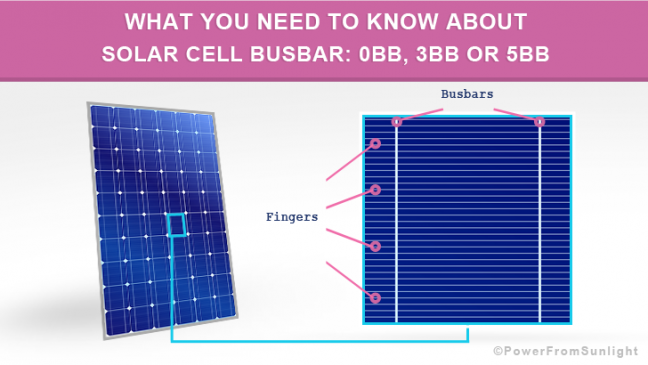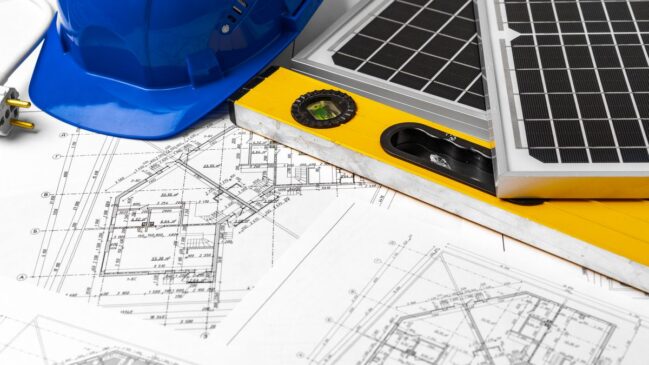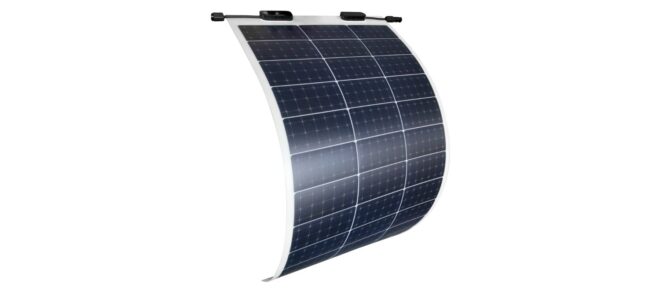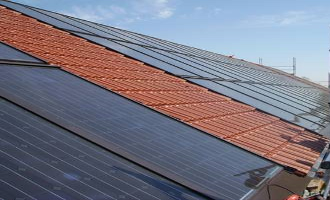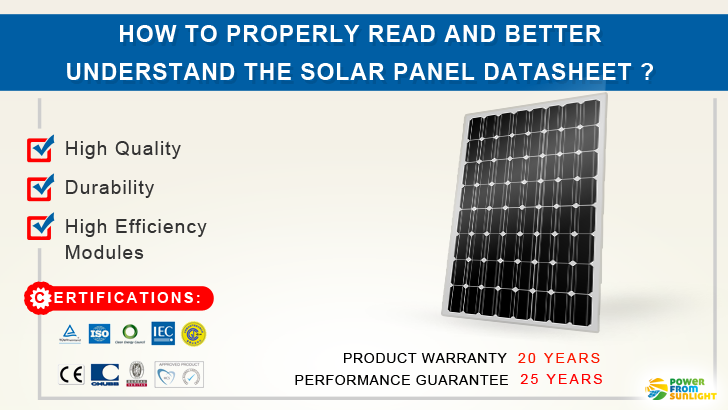
How to Properly Read and Better Understand The Solar Panel Datasheet (solar panel specifications)
Photovoltaics is the transformation of sunlight into electrical energy using photovoltaic solar cells. For more information about the advantages of Photovoltaics see these articles:
Why Is A Solar Energy The Best Renewable Energy Source?
Why Is A Solar PV System The Best Technology Of Solar Energy?
This article explains in an easy way how to read and understand the relevant terms in a solar panel datasheet (solar panel specifications) in order to choose the best type of solar panel.
Pretty pictures and a large number of figures. Strange symbols and units. Inconclusive charts and cute certificates. Have you ever looked closely at a solar panel datasheet?
As a solar PV system owner, you are not required to be able to interpret the solar panel specifications in their entirety, but everyone who owns a system is required to have a little understanding.
This article will explain you the individual data of solar panel datasheet and how valuable this information is.
In almost all proposals for installations and within the plant documentation, you find the solar panel datasheet, which shows all important information and relevant measurement data of the solar module.
On a closer first look at the data, it can appear somewhat confusing, but little by little you will begin to see that the solar panel datasheet is not that bad.
General structure

On the first page of each solar panel datasheet, you will find the name of the module. It is a good idea to know which solar module from which manufacturer will be installed on the roof of your house.
The solar panel description usually starts with the name of the manufacturer, then the category of solar module and afterward the solar panel wattage. Here are a couple of examples:
SW(manufacturer SolarWorld) 255(Watt) Poly, Q Cells Q.Peak-G4.1 (product line of polycrystalline module) 295.
The remainder of the first page often includes a picture and then lists the advantages of that particular solar module, e.g. through better glass technology, less reflection and thus higher performance or long term yield security due to Anti PID technology (PID is for Potential induced degradation), etc.
If your solar installer offers you a number of different modules, look carefully the solar panel specifications and be informed about these points.
Mechanical Specification

Format provides information on how large the solar module is. The standard dimensions are 1,67 x 1 x 0,035m. In the solar panel datasheet, dimensions are given in millimeters.
In addition to these measurements, there is often a diagram of the displayed module with more measurements; these are important for the solar installer e.g. to locate the clamping area of module clamps.
Other components include the solar panel glass and the foil on the reverse side, as well as the material of the solar panel frame. So that the module will not be too heavy, the frames are made from lightweight aluminum.
You will also find the number of solar cells in the module. The type of junction box, cable and connector should also be listed. These are important, especially for the solar PV designer to choose the suitable solar power inverter for these modules.
Electrical Characteristics

We turn now to the decisive part of solar panel specifications. The electrical data is necessary for the dimensioning of the inverter and the yield calculation.
To know more about the solar inverter see this article.
The nominal power of your solar module was determined under standard test conditions (STC), which means, it was measured with the irradiation of 1000W/m², cell temperature of 25°, and air mass of AM=1,5. These measurements are standard laboratory conditions.
In addition to the nominal power, the current and the voltage are given at MPP (Maximum Power Point), the product of the two values results in the average power (Power at MPP).
The open circuit voltage is the voltage on the output side if no load is connected. In this case, no electric current flows. The short circuit current is the value of current when the voltage is zero.
The efficiency is the ratio of power produced by the solar cell to the power of the incident radiation. Generally, the solar modules have over 15% efficiency.

In the solar panel datasheet, there is a second table, in which the same electrical characteristics were measured under normal operating cell temperature conditions (NOCT), which have an irradiation of 800 W/m², cell temperature of 20°, and AM=1,5. These conditions aim to simulate reality more closely.

The temperature coefficients are essential for the dimensioning of the solar power inverter. These indicate what percentage change the voltage, current, or power are per degree Celsius.
Properties for system design

So that the solar modules can be adequately integrated into the whole solar PV system, information for maximum system voltage of the system, maximum reverse current, wind /snow load, safety class, fire rating, as well as permitted module temperature on continuous duty are essential.
1000 Volts is the maximum system voltage, that means all modules in a series or per string should never exceed the maximum input voltage at the temperature of -40°C.
Reverse currents are currents which flow from the photovoltaic solar cells in the wrong direction. The photovoltaic solar cell is a sort of diode, which allows the current to flow in one direction but blocks it from going in the opposite direction.
If the current flows the wrong way, this can cause severe damage, which can lead to the destruction of the photovoltaic solar cell.
In order that during conditions of snow and wind, the weather does not endanger the solar modules, they are manufactured to be robust and weather resistant. The standard value is 2400 Pa, but there are manufacturers, who increase the load limit of the solar panels to 5400 Pa.
Qualifications and certificates

You will notice a chart in the solar panel datasheet. The performance warranty graph is linear, which means the manufacturer indicates, what percentage of nominal power, the solar module loses per year.
In order to establish whether the solar module is healthy or highly degraded, you should regularly check the yields.

Finally, I want to mention the module certificates. In the solar panel datasheet, you usually find them colorfully illustrated on the first page or the last page at the bottom. The solar module must be VDE-conform, certified in accordance with both IEC61215 and IEC61730, and should feature the CE-sign.
This information refers to a solar panel datasheet, which met the DIN EN50380. The absence of this information does not mean automatically, that the solar panel is bad, but a small portion of skepticism must be given here.
To know more about solar modules and cells, see this article.


